Since its inception, the museum system has had a special role: preserving and promoting the value of cultural heritage by preserving and conserving artifacts, preserving heritage values in a systematic and scientific manner; researching and restoring history, life and culture through different periods; through exhibitions andeducational activities, museums help raise public awareness of cultural heritage, especially among the younger generation. Therefore, since 1977, May 18 has been chosen as International Museum Day.
In the process of modernization, the museum system is also a public cultural space, helping to connect the community and improve the quality of life of the city. Museums cooperate with community groups to collect artifacts associated with urban memories and heritage stories, organize events about the tangible and intangible heritages that the community preserves or owns... helping people raise awareness of urban heritage, thereby attaching and being proud of the city. In particular, museums associated with relics or urban heritage areas can become highlights in urban spaces, promoting urban development in parallel with the conservation and reasonable exploitation of urban heritage.
Ho Chi Minh City - one of the largest cities in Vietnam - is facing many challenges in its current development process: rapid urbanization leading to loss of cultural heritage, environmental pressure and cultural gap between generations... In that context, the museum system becomes important in preserving identity, connecting communities, and moving towards sustainable urban development.
Ho Chi Minh City has a system of urban heritage reflecting its history from prehistoric times to the revolutionary period, present in many types of architecture and valuable works. However, many valuable works and locations are being replaced by high-rise buildings, or degraded due to ineffective conservation work. Museums in the city can become centers for "urban storytelling" through their themes and exhibition content, helping people understand the process of formation and development of the city through each period. However, even though they can be enhanced by modern means, if museums still maintain the old concept, considering them only as places to store and display collections of artifacts, museums will still be "closed" spaces.
To truly expand and become a place to connect the urban community, the museum system can enhance diverse activities such as education, community activities, historical storytelling, etc. In addition, building "mini museums" of the community or private sector in old residential areas, new urban areas, and resettlement areas will help people connect with local history, community history, and limit the "disconnection" between generations. This also increases the connection between state museums and community museums, increasing cultural sustainability for the city.
Ho Chi Minh City is the largest tourist center in the country. However, cultural tourism products are not yet diverse and have not created a sustainable value chain. Museums can cooperate with travel companies to create or restore heritage spaces such as traditional markets, old streets, canals, etc. to develop urban memory tours.
A typical example is the tourist route project: History Museum - Saigon Zoo and Botanical Garden - Independence Palace - City Museum - Ben Thanh Market. With such activities, the museum is also an important resource for the cultural industry.
In the context of globalization, in addition to the role of preserving identity and tradition, and promoting history and culture to the world , the museum system of Ho Chi Minh City needs to promote the role of preserving and "reviving" cultural heritage, connecting heritage - community - tourism - urban areas, creating a humane and friendly living space, contributing to sustainable urban development.
Dr. Nguyen Thi Hau
General Secretary of Ho Chi Minh City Historical Association
Source: https://www.sggp.org.vn/bao-tang-gin-giu-ban-sac-ket-noi-cong-dong-post795722.html


![[Photo] Prime Minister Pham Minh Chinh chairs meeting on science and technology development](https://vphoto.vietnam.vn/thumb/1200x675/vietnam/resource/IMAGE/2025/5/17/ae80dd74c384439789b12013c738a045)
![[Photo] National conference to disseminate and implement Resolution No. 66-NQ/TW and Resolution No. 68-NQ/TW of the Politburo](https://vphoto.vietnam.vn/thumb/1200x675/vietnam/resource/IMAGE/2025/5/18/adf666b9303a4213998b395b05234b6a)



![[Photo] More than 17,000 candidates participate in the 2025 SPT Competency Assessment Test of Hanoi National University of Education](https://vphoto.vietnam.vn/thumb/1200x675/vietnam/resource/IMAGE/2025/5/17/e538d9a1636c407cbb211b314e6303fd)
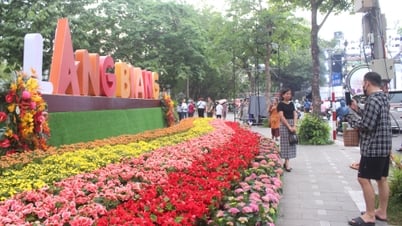

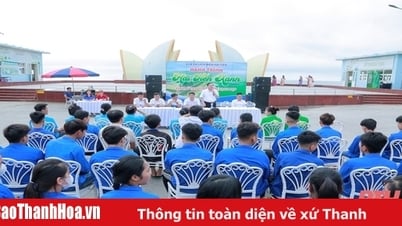

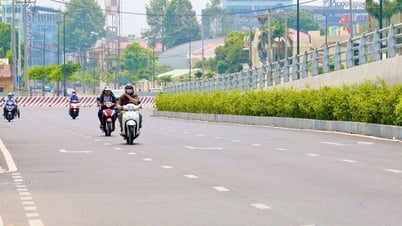


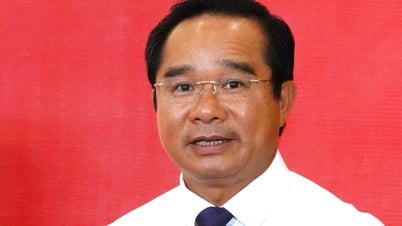
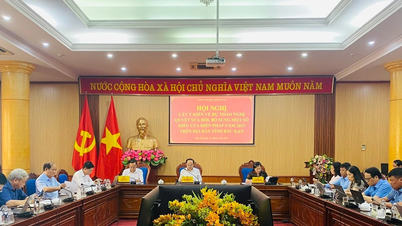






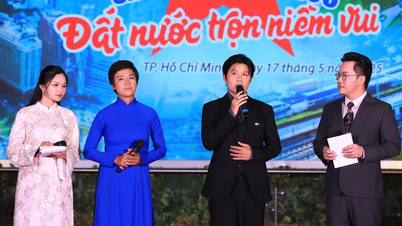

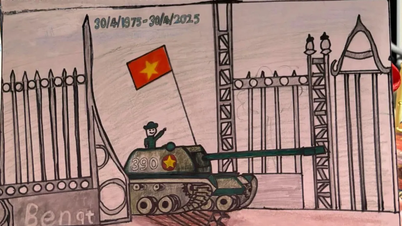
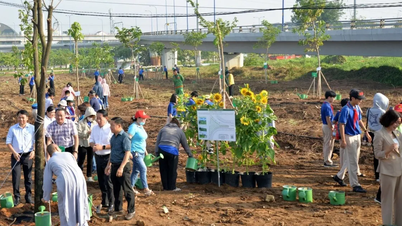
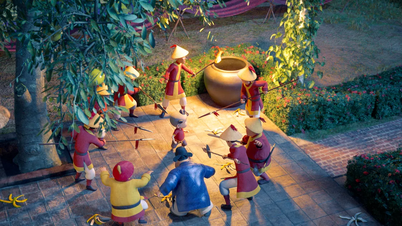
![[Photo] Readers line up to visit the photo exhibition and receive a special publication commemorating the 135th birthday of President Ho Chi Minh at Nhan Dan Newspaper](https://vphoto.vietnam.vn/thumb/1200x675/vietnam/resource/IMAGE/2025/5/17/85b3197fc6bd43e6a9ee4db15101005b)




























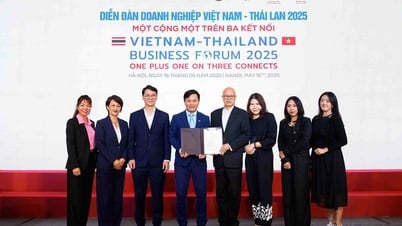





















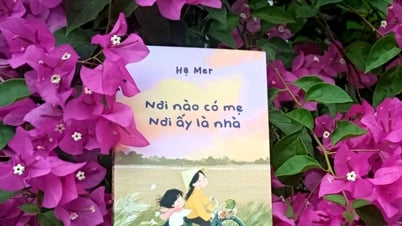

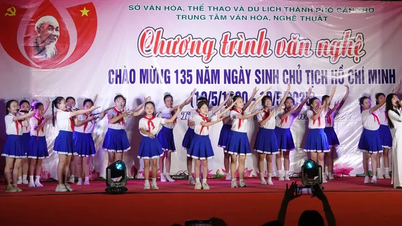


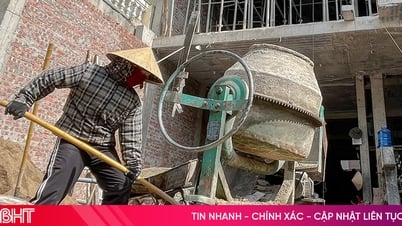









Comment (0)